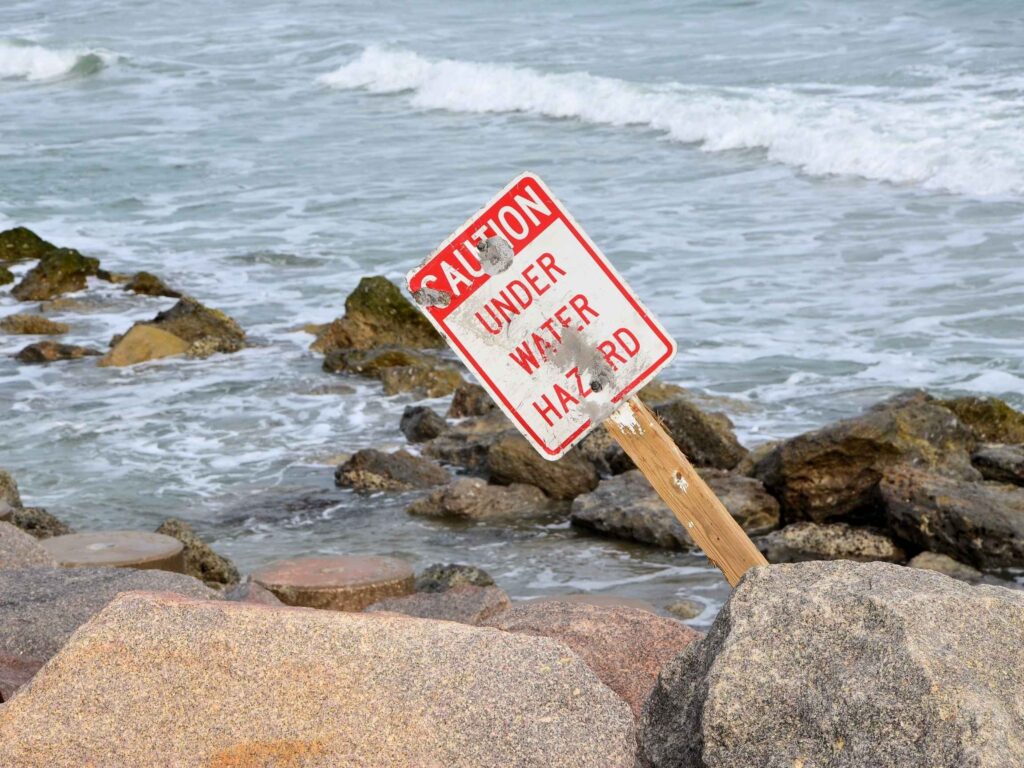This webpage focuses on recently published articles relating to natural hazards, disaster risk management, and in particular, how communities respond to natural hazards and disasters – from members of the Community Conservation Research Network. A natural hazard is a natural phenomenon, such as hurricanes or wildfires, that might have a negative effect on humans, animals, or the environment. Disaster risk reduction (DRR) is a systematic approach to identifying, assessing and reducing the risks of disaster.
When it comes to planning for disasters, Haque and his colleagues (2021) looked at the contributions of social learning to disaster risk reduction in ‘Social learning for enhancing social-ecological resilience to disaster-shocks: A policy Delphi approach’. Their findings indicated that “social learning is useful in preparing for and responding to specific disaster events through communication; sharing experience, ideas and resources; creating synergies for collective action and promoting resilience.”
Lejano and his colleagues (2021) also look at disaster risk in ‘Co-production of risk knowledge and improvement of risk communication: A three-legged stool’. The authors look at the future of disaster risk reduction programs and the role of risk knowledge and risk communication, viewing the public as being a co-producer of risk knowledge. They argue that disaster risk reduction needs to be reconsidered based on research focusing on Indigenous and local knowledge, social learning, and narrative ways of knowing.
In ‘Factors influencing hazard management by municipalities: The case of coastal communities’, Lalancette and Charles (2022) focus on planning for hazards, looking at local-level experiences with hazard planning and the responses carried out by coastal municipalities. This research, based on a comprehensive survey of Canadian coastal municipalities, provides insights on how to reduce community vulnerability and support community resilience.
The articles by Paterson and Charles (2019) also focus on local-level responses to hazards, but on an international basis, based on published case studies from around the world. In ‘Community-based responses to climate hazards: typology and global analysis’ Paterson and Charles analyse over 1500 examples to determine patterns in, and variations of, community-level adaptation and disaster mitigation strategies. This provides a global evidence base to support local-level climate change adaptation policy.
In their second article, ‘A global comparison of community-based responses to natural hazards’ Paterson and Charles (2019) took an in-depth look at 318 communities to explore the kinds of hazard responses used by communities around the world, how communities in different parts of the world vary in their choices of responses, and whether communities use hazard-specific or multi-hazard responses.



